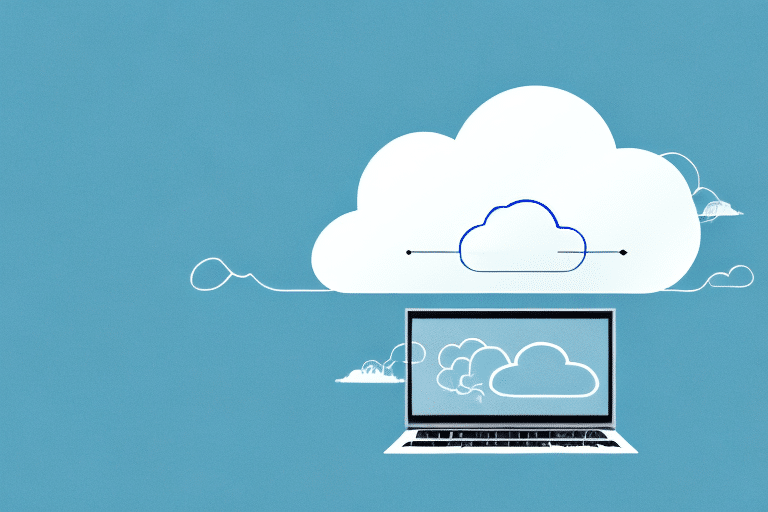In today’s data-driven world, big data has become a game-changer for businesses across industries. The ability to gather, analyze, and extract valuable insights from massive amounts of data has transformed the way organizations make decisions and innovate. Google Cloud Platform (GCP) offers a powerful and scalable solution for processing and analyzing big data. In this article, we will explore the fundamentals of big data, introduce GCP as a leading platform, and delve into its key components and features that enable efficient big data processing and analytics.
Understanding Big Data:
To embark on the big data journey, it’s crucial to understand its essence. Big data refers to vast and complex datasets that surpass the capabilities of traditional data processing applications. It is characterized by three V’s: volume (large amounts of data), velocity (data generated at high speeds), and variety (diverse data types and sources). Big data presents both challenges, such as data storage and processing bottlenecks, and opportunities, like uncovering hidden patterns and gaining valuable insights from a vast amount of information.
Introduction to Google Cloud Platform (GCP):
GCP is a cloud computing platform offered by Google that provides a suite of services and tools to handle big data workloads efficiently. It boasts a robust infrastructure, global network coverage, and a wide range of services tailored for big data processing and analytics. With GCP, organizations can leverage its scalability, reliability, and advanced analytics capabilities to unlock the true potential of their big data.
Key Components for Big Data on GCP:
GCP offers several core components and tools specifically designed for big data processing and analytics. These components form the building blocks of a robust and scalable big data ecosystem. Some of the key components include:
- BigQuery: A fully-managed data warehouse that allows organizations to run fast and cost-effective SQL queries on large datasets. It provides real-time analytics, supports machine learning integration, and enables the creation of data visualizations.
- Dataflow: A serverless data processing service that facilitates both batch and stream processing of big data. Dataflow simplifies the development and execution of data pipelines, offering flexibility, scalability, and fault tolerance.
- Dataproc: A managed service that runs Apache Hadoop and Apache Spark clusters for big data processing. Dataproc handles the complexities of cluster management, enabling organizations to focus on data analysis and insights.
- Pub/Sub: A messaging service for building real-time and event-driven systems. Pub/Sub enables the ingestion and streaming of data in real-time, making it ideal for processing and analyzing continuous data streams.
Getting Started with Big Data on GCP:
To begin your big data journey on GCP, follow these steps:
- Set up a GCP account: Create an account on GCP and set up a project to manage your resources.
- Enable relevant APIs and services: Enable the necessary APIs and services, such as BigQuery, Dataflow, Dataproc, and Pub/Sub, to access the tools for big data processing.
Storing and Managing Big Data on GCP:
GCP offers various storage options for managing big data:
- Cloud Storage: A scalable and durable object storage solution that provides efficient storage for large volumes of data. It supports multiple data formats and offers integration with other GCP services.
- Bigtable: A high-performance, NoSQL database for handling massive amounts of structured data. Bigtable is suitable for applications that require low-latency data access and high throughput.
Processing Big Data with Dataflow and Dataproc:
Dataflow and Dataproc are key components for processing big data on GCP:
- Dataflow: Use Dataflow to build data pipelines for both batch and streaming data processing. It provides a unified programming model and handles the complexities of distributed processing, allowing you to focus on data transformations and analysis.
- Dataproc: Utilize Dataproc to run Apache Hadoop and Apache Spark clusters for large-scale data processing. It offers flexibility in cluster configuration and automatically manages resource allocation, making it easier to process and analyze big data.
Analyzing Big Data with BigQuery:
BigQuery is a powerful tool for analyzing big data on GCP:
- Querying Data: Use SQL queries to retrieve insights from large datasets stored in BigQuery. Its high-performance architecture ensures fast query execution, even on massive datasets.
- Data Visualization: Leverage BigQuery’s integration with data visualization tools like Google Data Studio or third-party tools to create compelling visualizations and reports.
Real-time Data Streaming with Pub/Sub:
Pub/Sub is ideal for processing real-time data streams:
- Data Ingestion: Ingest data from various sources in real-time using Pub/Sub’s publish-subscribe model. It ensures reliable and scalable data delivery to downstream applications.
- Stream Processing: Combine Pub/Sub with other GCP services like Dataflow or BigQuery to process and analyze streaming data in real-time. This enables organizations to gain immediate insights and respond to changing data patterns.
Data Governance and Security:
GCP provides robust data governance and security features for big data:
- Data Privacy and Compliance: GCP adheres to stringent security standards, ensuring data privacy and compliance with regulations such as GDPR and HIPAA. It offers encryption at rest and in transit, identity and access management, and audit logs for enhanced data protection.
- Data Governance: Implement proper data governance practices by defining data access controls, monitoring data usage, and ensuring data quality and integrity throughout the big data lifecycle.
Best Practices and Tips for Big Data on GCP:
To optimize big data processing on GCP, consider the following best practices:
- Cost Optimization: Utilize cost-effective storage options and leverage serverless services like Dataflow to scale resources based on demand. Monitor and optimize data processing workflows to minimize costs.
- Data Quality: Ensure data quality by validating and cleansing data before analysis. Implement data pipelines with proper error handling and data validation mechanisms.
Conclusion:
Getting started with big data on Google Cloud Platform opens up a world of possibilities for organizations looking to harness the power of their data. With an understanding of big data fundamentals and the key components of GCP, businesses can store, process, and analyze large volumes of data efficiently. By following best practices, ensuring data governance and security, and leveraging the capabilities of tools like BigQuery, Dataflow, Dataproc, and Pub/Sub, organizations can derive valuable insights from their big data and drive innovation in their respective industries. So, take the first step and dive into the world of big data on GCP to unlock the full potential of your data assets.





